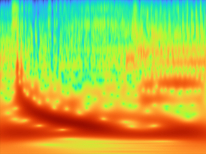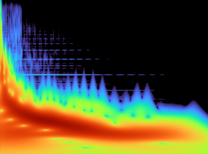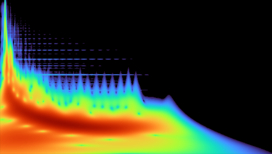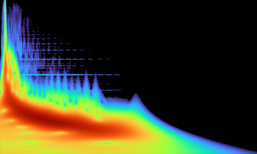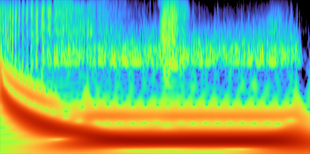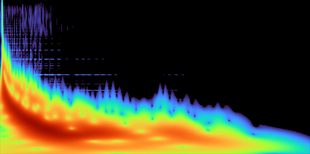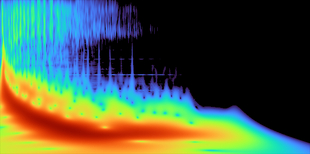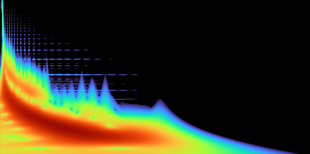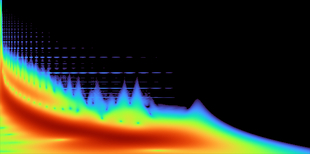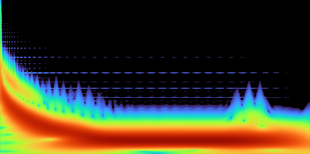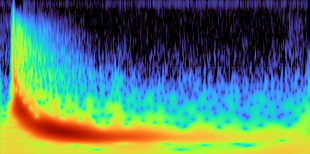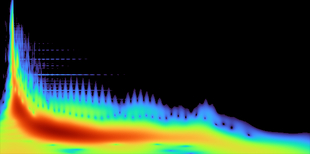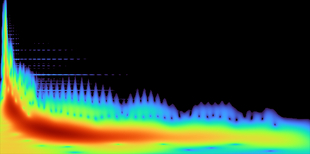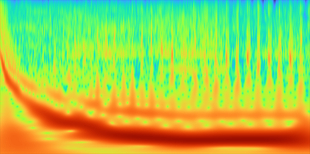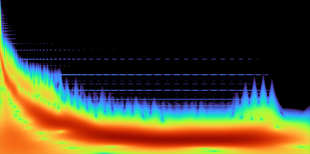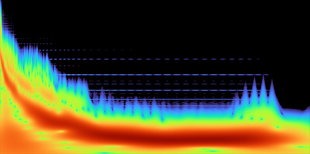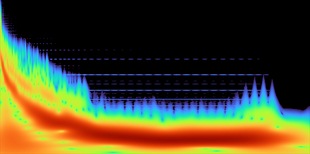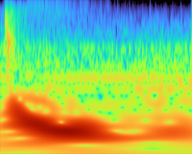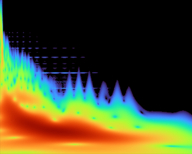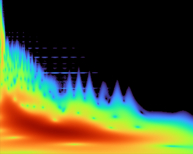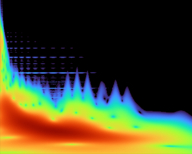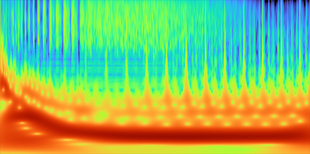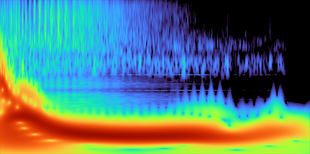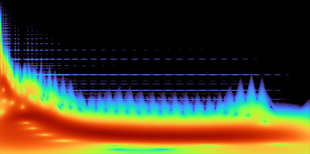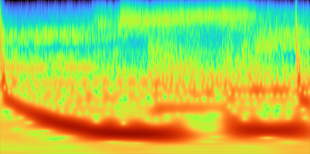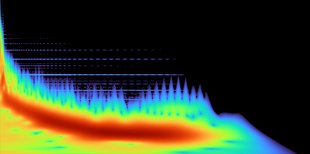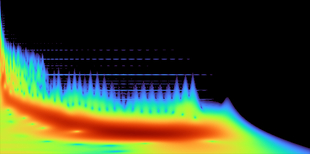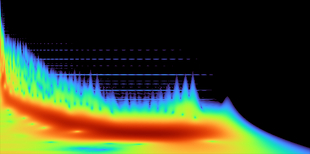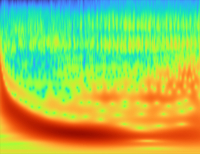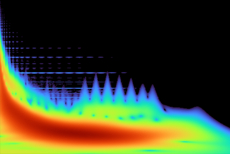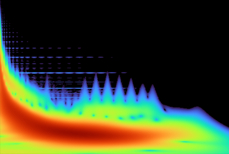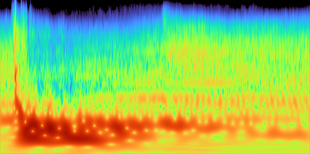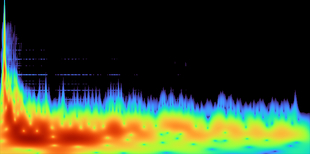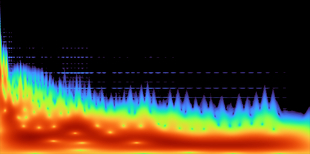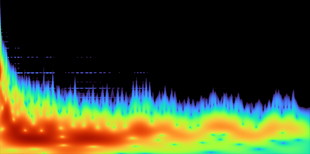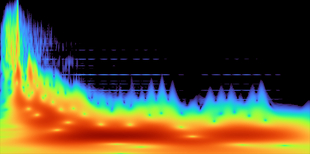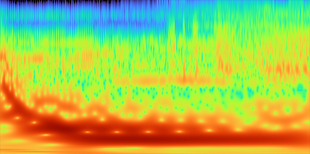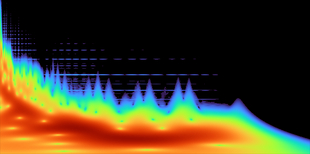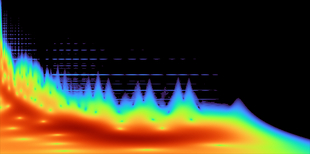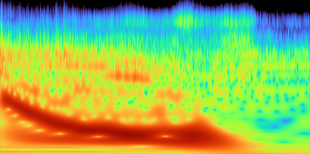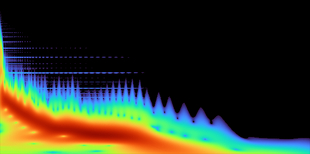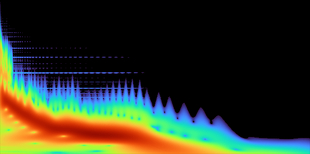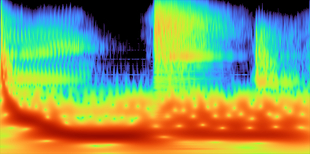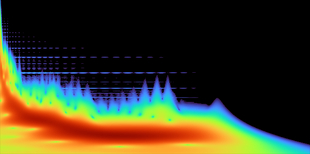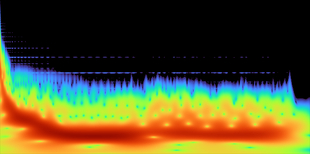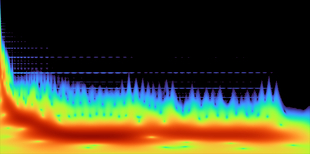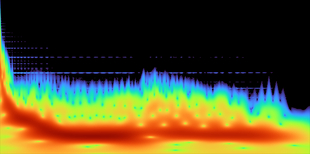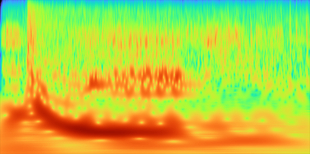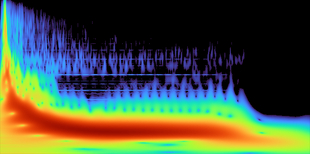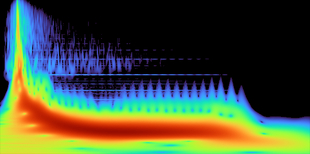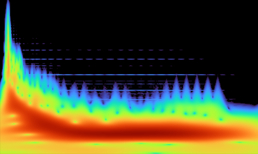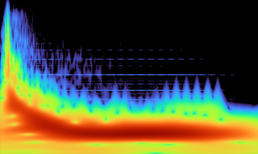Percussive signal extraction and resynthesis software, for drum sound-design and music production.
Download
Beta:
Drumclone is in development stage and currently provides a single model tuned for kick-drums (drumclone kick-modelling beta).
Drumclone kick-modelling is free to use:
⚠ warning: drumclone will be in beta until proven to be stable. Consider → reporting any errors you encounter.
‒* This version also works for other types of drum sounds, but will require some manual input and experimentation.
* Future models might require a paid license to support their development and maintainance. (e.g. a one-time purchase).
* Check →system requirements and →installation for setup instructions.
Overview
Function:
Drumclone allows extracting and modifying high-quality single drum sounds from complex audio sources like songs, samples, or any recording with perceptible percussive elements.
Runs as a VST, to be used in DAWs or any kind of host with VST3 support.
Approach:
Drumclone comes with models to precisely isolate and resynthesize drum sounds, which allows a fast iterative workflow thanks to its sub-second processing times and drag and drop UI.
While it works for isolation, drumclone’s main focus is it’s sound-design capabilities. Being able to imitate one-shot percussive noises and tweak their attack, transient, noise component, etc, down to the sample-level.
kick/ada.1 is the current model available for free, tuned for kick-drums.
Interface:
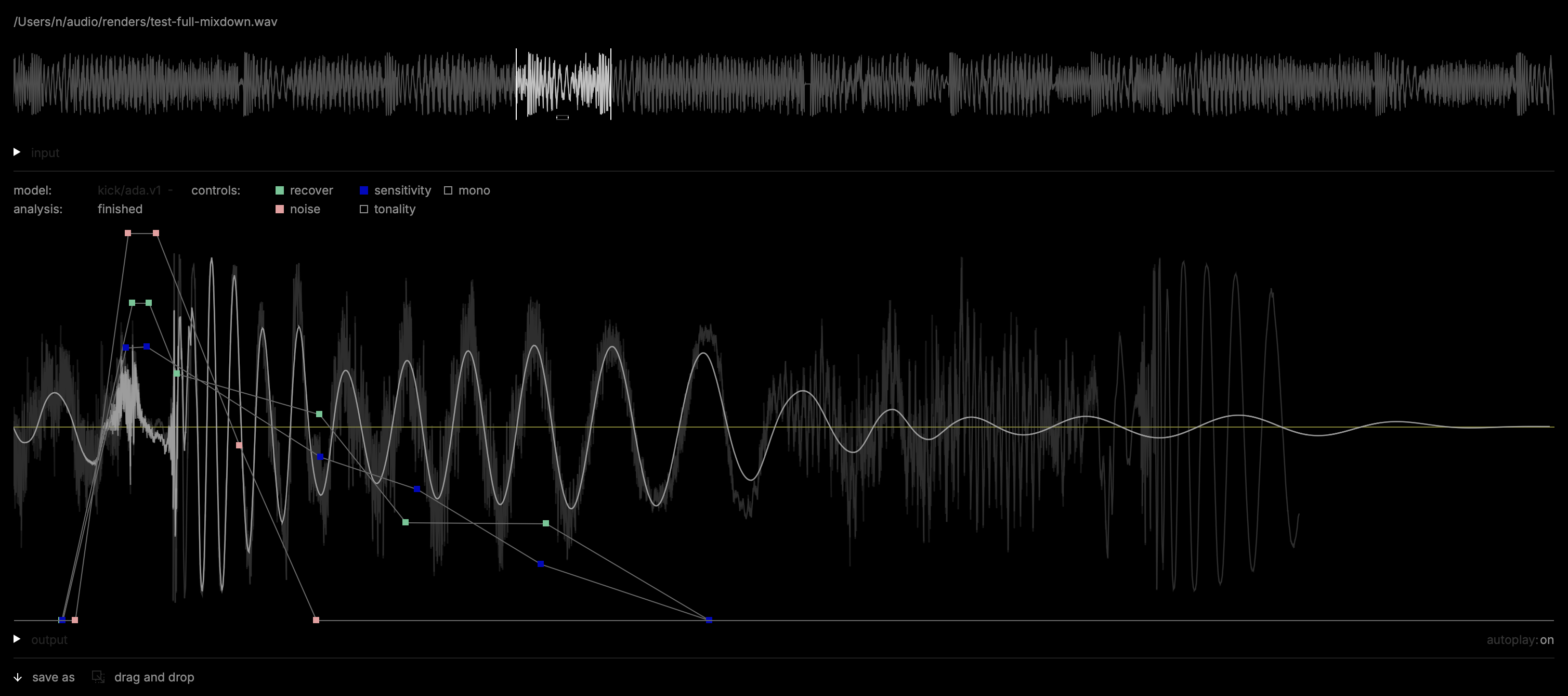
Real-world usage:
The utilization of pre-made sounds or song samples is a prevalent practice across various music production genres. Drum samples, in particular, serve as essential components, often forming the structural foundation of numerous compositions. Utilizing drumclone, these high-quality drum sounds can be extracted from existing recordings and subsequently modified without any degradation in sound quality.
This methodology can effectively isolate a drum sound and mutate it from pure sine-like percussion, to harmonically rich and distorted drum sounds, while keeping the processing fast enough to visualize the results it in real-time.
Unlike traditional extraction methods, which tend to degrade the quality of the sounds with unnatural filtering artifacts and output static audio samples, resynthesis can model the original timbral characteristics of the drums and allows creative flexibility by tuning the underlying formula with simple user-facing controls.
→ Results: detailed list of examples.
Capabilities:
- One-shot percussion isolation and resynthesis.
- Flexible transient and body sculpting with tone and noise controls.
- Fine-tuning with sample-level resolution.
- Synthesis models to avoid typical filtering isolation artifacts.
- Extremely clear drum sound output for applying further processing chains.
- Real-time visualization of every change in the waveform.
- Fast drag-and-drop workflow.
- Fully offline, no cloud or servers involved.
- Sub-second processing times on common hardware.
- Multi-segment envelope editors to accurately shape the underlying model.
- Low-profile vector UI with data visualization and inline controls.
→ Technology: a look into drumclone's process.
→ Log: progress reports showing
how many components were built.
Results
Audio examples:
The following list of drumclone outputs shows the clarity and flexibility of the current kick drum model in multiple contexts.
⚠ Loudness warning.
CHECK YOUR SYSTEM'S AUDIO LEVEL BEFORE PLAYING.
Technology
Processing starts with time and frequency domain analysis of the input. Features are extracted and modeled in the time domain to aid in detecting events and components corresponding to percussive signals in the spectral domain.
1. analysis
input
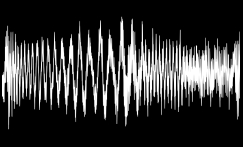
feature pl.
1.
2.
3.
...
pitch
level
flux
threshold
...
decomposition
Components are isolated from the input using different soft spectral masks tailored to the component type, built around detected events and user-specified envelopes.
2. extraction

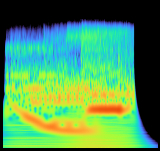
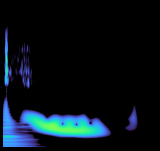
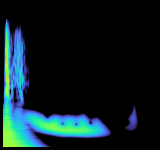
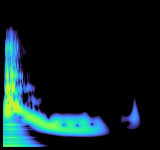
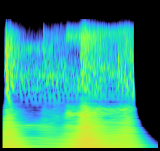
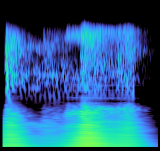
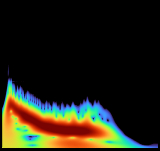
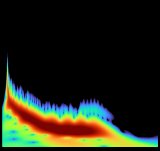
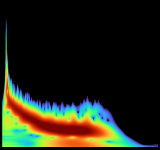
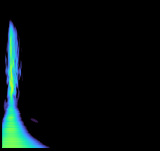
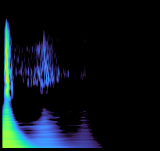
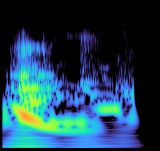
Once these audio layers are reconstructed from the spectral domain, dynamics and stereo processing are applied to refine the output.
These filtered percussive component layers serve as the input for the resynthesis process. Each signal is matched using a synthesis technique that accurately represents their tonal and amplitude characteristics.
3. resynthesis

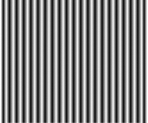

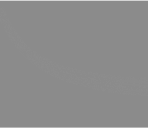

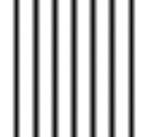

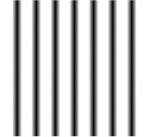
This is achieved by using different polyphonic or monophonic oscillators (sine and band-passed noise) and generating modulation envelopes that closely resemble the input.
Following resynthesis, the layers are mixed down into a cohesive stereo track. Straightforward cross-fading and summing with predefined curves are employed in the mix.
4. mix + post-processing
components




mixdown
final output
[t]

[f]
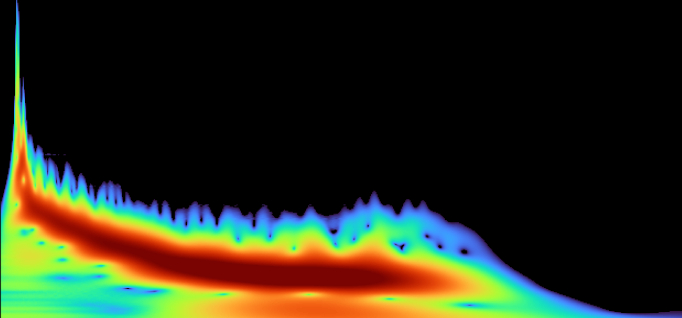
Finally, stereo and dynamics processing are applied to the output track to achieve a more natural sound and controlled audio levels.
System requirements
WINDOWS:
MAC:
Installation
macOS VST3:
- Extract the folder from the .zip file.
- Run the
REQUIRED_SETUPcommand to avoid Gatekeeper issues when running the plugin for the first time. (Might require Right-click > Open if unknown developer message appears¹) - Copy the
.vst3file to your VST3 folder. By default it should be in your user's/Library/Audio/Plug-Ins/VST3directory.
You can navigate easily to this folder by using Finder'sGomenu and theGo to folderoption. - Some DAWs or VST hosts might require a manual re-scan of the vst3 folder for the plugin to appear.
¹ This is due to RARE ⁄ DSP not being part of the Apple Developer Program.
Troubleshooting info
If drumclone is not being listed, it may be due to an unsuccesful quarantine removal during step 2.
Try opening a terminal and running this command with the path pointing to your vst location:
sudo xattr -rc path/to/your/vst-folder/drumclone.vst3e.g.:
sudo xattr -rc /Library/Audio/Plug-Ins/VST3/drumclone.vst3.You can drag and drop the .vst3 file from your plugin folder right into the terminal in order to easily get the correct path.
- Run the command by pressing enter and check if drumclone gets listed successfully by your host/DAW.
Windows VST3:
- Extract the folder from the .zip file.
- Copy the extracted
.vst3directory¹ to your VST3 folder. By default it should beC:\Program Files\Common Files\VST3 - Some DAWs or VST hosts might require a manual re-scan of the vst3 folder for the plugin to appear.
¹ The .vst3 'folder' file-type is part of the newest VST3 bundle format.
